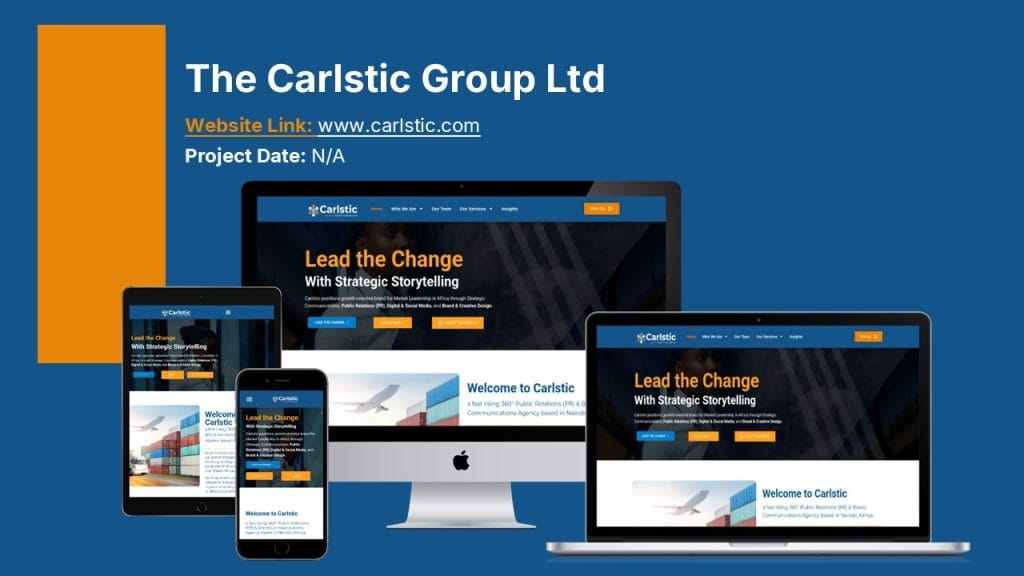In Kenya’s highly competitive and rapidly evolving business environment, Small and Medium Enterprises (SMEs) play a pivotal role in job creation and economic growth. However, these enterprises are increasingly vulnerable to a variety of risks including social media crises, customer service failures, reputational damage and sudden market disruptions.
In today’s digital age, where information goes viral within seconds, a brand’s reputation can be either elevated or destroyed instantly. This makes crisis communication and reputation management not just important, but fundamental to the sustainability and resilience of SMEs.
As the backbone of our country’s economy, SMEs contribute significantly to innovation, employment and local development. Yet despite their importance, a majority of these businesses struggle to scale and many do not survive beyond their fifth year of operation. This is often due to poor crisis preparedness and limited brand protection strategies.
Understanding the Importance of Crisis Management
Unlike corporates with legal teams, communication departments and PR budgets, SMEs often lack structures to navigate reputational risks. A single online backlash, poorly handled customer complaint or delivery mishap can spiral into a full-blown crisis.
In the age of viral content and instant feedback, silence or miscommunication can cost an SME not just customers but their entire brand equity.
SMEs operate in an environment where social media is both a lifeline and a landmine. While platforms like Tiktok, Instagram, X, Facebook and LinkedIn have enabled brand growth they have also amplified consumer voice, scrutiny and criticism.
Case study:
Recently, a fashion and lifestyle startup in Nairobi which had gained popularity through influencer marketing and trendy styling found itself at the centre of a social media storm. What started as a delayed delivery incident turned into a viral backlash, with customers demanding refunds and some alleging poor service.
As the storm grew, screenshots, hashtags and voice notes flooded timelines and public trust deteriorated rapidly.
What made the situation worse was not the issue itself but rather it was the lack of a timely, well-thought-out response.
The brand responded days later with a vague statement that came off as defensive, not empathetic. By then, hundreds had formed opinions. Some competitors even seized the moment to market their own products under hashtags related to the incident.
At Carlstic, we understand that silence or poorly worded defenses do not work in a crisis. Timely, transparent and human-centered communication does.
Key Challenges Facing SMEs
- No crisis plan – Many SMEs have no predefined crisis response strategy. Who speaks for the brand? What platforms should be used? What tone should be adopted? These are questions that must be answered before a crisis strikes.
- Ignoring online sentiment – Some SMEs dismiss online criticism as “haters”. But perception is reality in branding. A public comment can easily shape private decisions – especially in Kenya’s tight-knit digital communities.
- Reactive rather than proactive communication – By the time many SMEs respond, the narrative has already been hijacked. They spend more time defending rather than engaging.
- Lack of brand clarity – SMEs that have not built a clear brand voice or values often fumble in crises because they don’t know how to sound consistent under pressure.
How This Impacts Kenyan Brands
Without a structured crisis response plan, SMEs are often caught off-guard. This leads to:
- Delayed responses that allow misinformation to spread.
- Confusion within the team about who should speak or act.
- A disorganized public image that worsens customer trust.
Dismissing digital feedback can damage brand perception in a highly connected market leading to:
- Small complaints grow into viral backlash
- The brand appears arrogant or out of touch.
- Potential customers avoid engaging due to negativity.
Reacting late or defensively fuels public frustration. This can result in the following:
- The brand losing control of the narrative.
- Increased online trolling or negative reviews.
- Declining customer retention and reduced sales.
A brand without a clear voice or values struggles to respond authentically:
- Public responses seem inconsistent or generic.
- Customers question the sincerity of apologies or explanations.
- Long-term brand loyalty suffers due to unclear identity.
Strategies to Help with Crisis and Reputation Management
- Develop a crisis communication plan
- Invest in reputation monitoring tools
- Train staff in communication protocols
- Build positive media relations
- Maintain transparency and accountability
The Power of Reputation in a Crowded Market
Reputation, once damaged is expensive to rebuild and in some cases, it never recovers. In today’s SME ecosystem where many brands offer similar products or services, trust is the real differentiator. Customers will often pay more or wait longer for a brand they trust.
That’s why we urge SMEs to invest in their brand reputation just as much as they invest in packaging, inventory or promotions.
Don’t wait for a crisis to hit your business before you learn how to manage one. Start building your brand’s internal capacity now. Know your audience, monitor sentiment and prepare responses.
Partner with us and we’ll help you navigate the challenges of running a company in the digital age. Your brand is more than a logo or a product, it’s how people feel about you when they hear your name. Allow us to protect that feeling.







